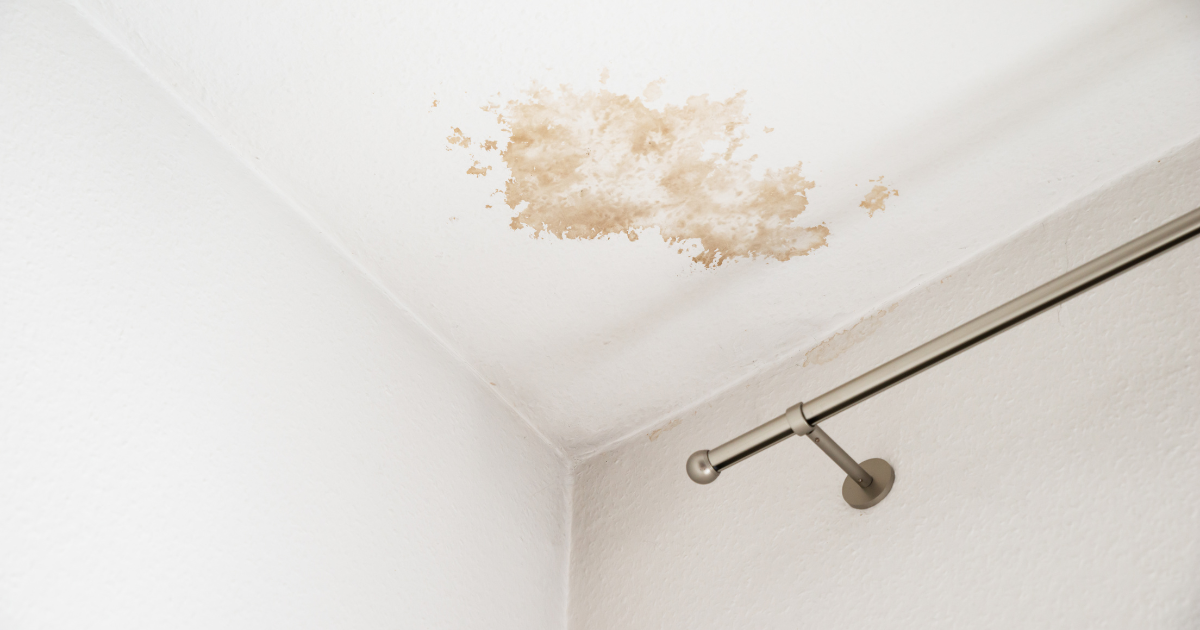
Water stains on ceiling tiles. Damp spots around skylights. Mysterious drips when it rains. These seemingly minor issues are more than an eyesore – they’re warning signs that can quickly turn into significant structural headaches if left unchecked. For commercial property owners and facility managers, managing roof leaks early is critical to protecting assets, avoiding downtime, and saving on costly repairs.
If you’re reading this because you suspect a leak or want to be proactive, you’re already ahead of the game. We’ve spent over two decades helping businesses protect their investments from water damage and know that roof leaks represent one of the most insidious threats to building integrity and operational continuity. Want to prevent minor issues from becoming major expenses? Keep reading to discover proven strategies for identifying, addressing, and preventing commercial roof leaks before they drain your resources.
Understanding the Root Causes of Commercial Roof Leaks
Before managing roof leaks, you need to understand why they happen. Most incidents result from a few recurring culprits:
Aging Roof Materials
Even high-quality materials eventually reach a point where their waterproofing capabilities diminish, making aging roofs increasingly susceptible to leaks even without obvious damage. UV radiation breaks down molecular bonds in membrane roofing, causing brittleness, shrinkage, and loss of elasticity over time. In addition, daily temperature cycles force materials to expand and contract, gradually creating micro-fissures that widen with each season. Finally, commercial metal roofs develop weakened fastener points as thermal movement works against mechanical connections.
Improper Installation
Mistakes can happen. Flashing installations are particularly vulnerable to workmanship issues, with incorrect counter-flashing angles allowing water to channel behind waterproofing layers. Inadequate slope creation during installation leads to standing water that accelerates deterioration. Unfortunately, these installation errors often remain invisible until water penetration occurs, sometimes years after project completion, when warranty periods may have expired.
Clogged Drains or Gutters
Commercial drainage systems require unimpeded flow to function properly. Accumulated leaves, debris, and even wind-blown trash can create blockages that transform your roof into an unintended water reservoir. Internal drain systems are particularly vulnerable to clogging as debris screens become damaged or displaced over time. Gutters with inadequate slope or downspouts blocked by foreign objects also create overflow conditions that damage wall systems. The resulting water accumulation dramatically accelerates membrane deterioration while creating perfect conditions for leak development at seams, penetrations, and termination points.
Understanding these fundamental failure mechanisms allows property owners and facility managers to implement targeted preventive measures, focusing resources on the most likely points of future water infiltration. Once you know where to look, you’re in a better position to prevent problems before they escalate.
Early Detection: Tips and Tools
Most commercial roof leaks don’t appear overnight. They develop gradually, offering warning signs long before water starts dripping onto your inventory or equipment. Think of it as a health check-up for your building – the earlier a leak is found, the cheaper and easier it is to fix. Effective commercial leak detection combines regular professional inspections with staff awareness of early indicators.
Visual Indicators of Developing Roof Problems
Train your maintenance team to watch for these warning signs:
Interior Signs:
- Discolored ceiling tiles or drywall
- Peeling paint or bubbling wallpaper
- Musty odors in upper floor areas
- Water stains on interior walls, particularly near roof transitions
- Excessive humidity or condensation in upper spaces
Exterior Signs:
- Membrane blisters or separation at seams
- Standing water 48+ hours after rainfall
- Debris accumulation around drains or scuppers
- Visible damage to flashing or edge details
- Deterioration of caulking or sealants
These early warning signs provide opportunities for cost-effective intervention before significant damage occurs.
Professional Inspection Technologies
There are many advanced technologies to detect moisture intrusion that remains invisible to the naked eye:
Infrared Thermography
Thermal imaging identifies temperature that indicate moisture beneath the roof surface. This non-destructive technique can pinpoint problem areas without disrupting your operations.
Electronic Leak Detection
For certain membrane types, low-voltage electrical field testing is used to precisely locate breaches in the waterproofing layer.
Core Sampling
When necessary, controlled sampling provides direct evidence of moisture levels within roofing assemblies. These small extractions are immediately resealed and reveal the true condition of underlying materials.
Drone-Based Visual Inspections
For large facilities or buildings with difficult access points, drone technology captures high-resolution imagery of potential trouble spots without safety risks.
The right detection method depends on your roof system, building configuration, and specific concerns. The ideal approach integrates multiple techniques to provide a comprehensive assessment without unnecessary intrusion. Now that you understand how to identify developing leaks, let’s explore preventative measures that can stop problems before they start.
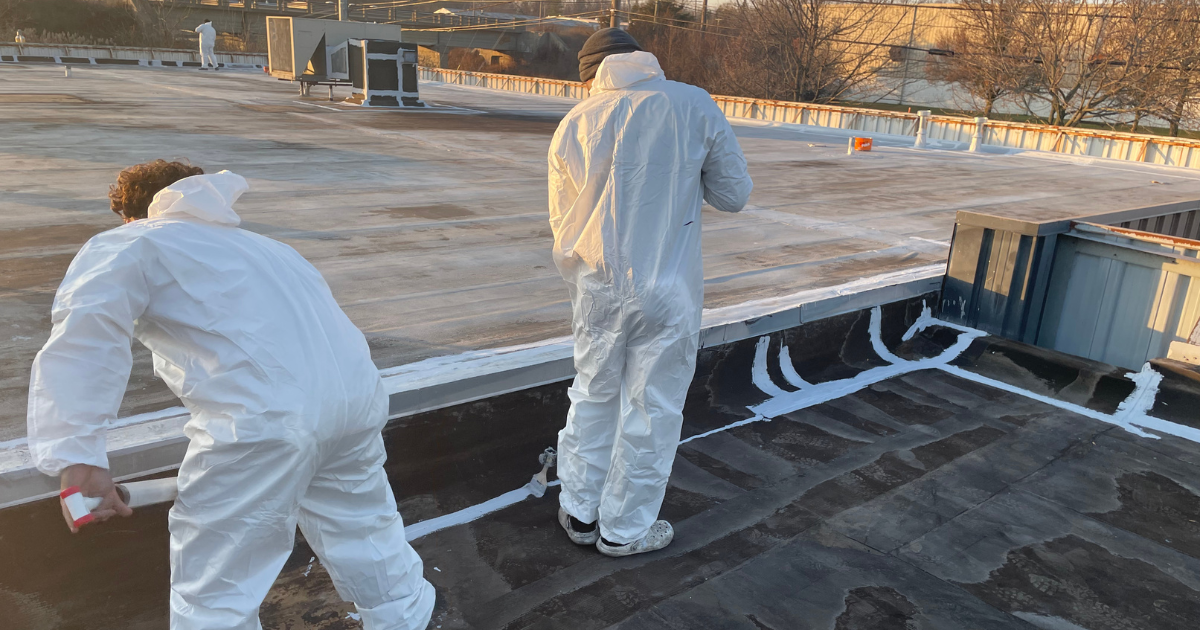
Leak Prevention Strategies for Commercial Roofs
An ounce of prevention is worth thousands in repairs. Let’s take a look at the most effective strategies to keep your resources intact:
Scheduled Maintenance Programs
Proactive roof maintanance dramatically extends longevity while reducing leak potential. Clients who implement scheduled maintenance programs experience fewer emergency calls and nearly double their commercial roof lifespan. Effective maintenance includes:
Quarterly Inspections: These focused assessments address seasonal concerns like spring drainage verification and fall debris removal before winter freezing, along with other weather impacts on roofs and commercial buildings.
Proactive Repairs: Addressing minor issues during scheduled maintenance prevents their escalation into major problems. Small membrane cuts, deteriorating sealants, and loose fasteners can all be remedied quickly during routine visits.
Budget Planning: Scheduled maintenance allows for predictable expenditures rather than emergency commercial roof repair allocations, helping facility managers maintain consistent budgeting.
Protective Coating Systems
Modern coating technologies offer exceptional protection against leak development, particularly for aging roofing systems. Silicoat Roofing specializes in silicone-based protective applications that provide seamless waterproofing even when the underlying substrate has begun to deteriorate. Here are some of the multiple benefits these coating systems deliver:
Complete Waterproofing: High-solid silicone coatings create monolithic, seamless membranes that eliminate the most common failure points in aging roofs.
Resistance to Solar Exposure: Unlike organic materials, UV-resistant roof coatings maintain its waterproofing properties throughout decades of weather exposure.
Renewable Protection: Recoating at appropriate intervals can indefinitely extend roof performance without the disruption and expense of replacement.
Restoration vs. Replacement Decision Framework
When addressing commercial roof leaks, property owners face a critical decision between targeted repairs, system restoration, or complete replacement. This decision significantly impacts both immediate costs and long-term facility performance. The good news is that you don’t have to go through this alone – we can help you make an informed decision.
Comprehensive Assessment Process
The first step is to conduct a thorough evaluation of your existing roof system. Our technicians carefully document current conditions through visual inspection, moisture detection technology, and strategic core sampling when necessary. This comprehensive approach reveals both obvious deficiencies and hidden problems that might otherwise go undetected.
Key Decision Factors
The optimal approach for your specific situation depends on several critical factors that we carefully analyze, such as your roof assembly condition. Our technicians assess deck integrity through visual inspection and instrumental testing where accessible. We document membrane deterioration extent, distinguishing between superficial weathering and material failures that compromise waterproofing.
However, not all aging roofs require replacement. Our assessment also includes a realistic projection of system longevity potential with appropriate interventions. We consider material compatibility with modern restoration technologies, adaptability to enhanced drainage solutions, and structural capacity for additional componentsto evaluate the roof’s remaining useful life.
Operational Considerations
Beyond physical roof condition, practical factors significantly influence the optimal approach. For example, we consider your business continuity needs, including sensitivity to noise, odors, or vibration during roofing work. Some facilities cannot tolerate even brief water exposure risk during roof replacement, making phased restoration more appropriate. In addition, budget constraints are also realistically evaluated against both immediate and long-term objectives. We also review long-term property plans, as investment strategies differ for buildings intended for long-term ownership versus near-term sale.
Moreover, our recommendations account for building use type and occupancy sensitivity. Healthcare, data processing, and certain manufacturing processes demand different approaches than warehouse or retail spaces. Local weather patterns and seasonal considerations also affect both material selections and project timing. That’s why regulatory requirements, including building code compliance, commercial building energy codes, and historic preservation restrictions, create additional parameters for decision-making.
Comparative Analysis
Rather than pushing a predetermined solution, we provide transparent comparisons between repair, restoration, and replacement options. This analysis includes multiple factors beyond simple price comparison. For instance, energy efficiency impacts are quantified where possible, including potential utility savings and incentive eligibility for eco-friendly roofing options. Our expertise lies in maximizing existing roof value through strategic interventions rather than defaulting to costly replacements. With proper techniques and materials, many seemingly compromised roofs can deliver years of additional service at a fraction of replacement cost.
Effective leak resolution requires both technical expertise and strategic planning. Finding the optimal balance between immediate needs and long-term performance defines our approach to commercial roof management.
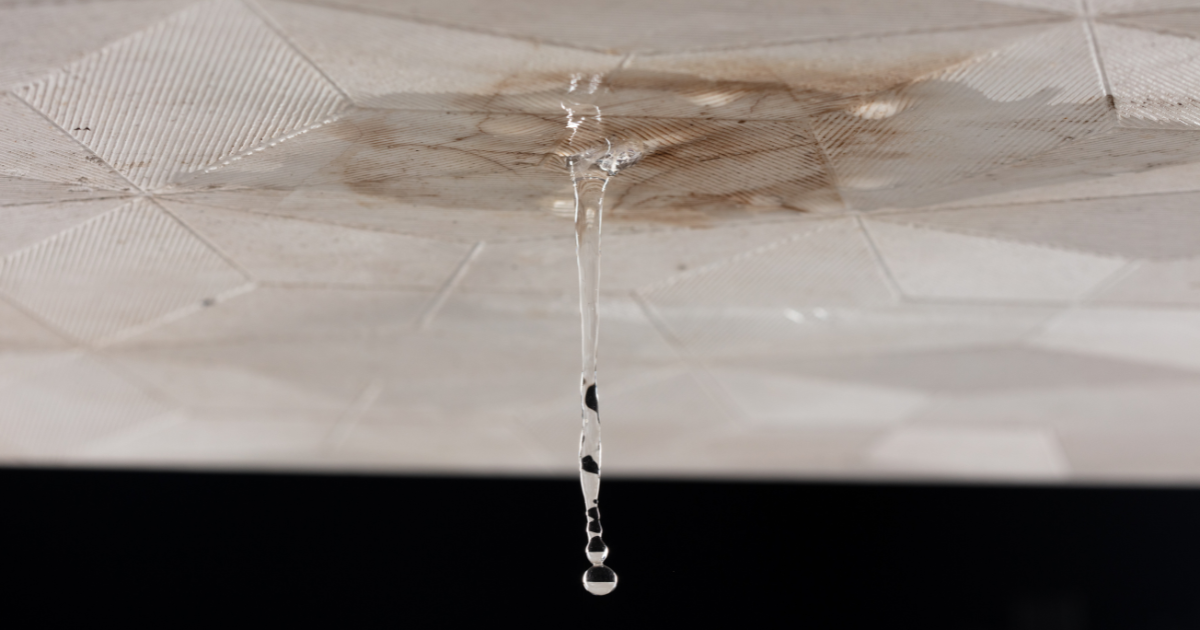
Common Questions About Managing Roof Leaks
How quickly should I address a commercial roof leak?
Immediately. Even small leaks can cause significant damage within days. Water typically travels horizontally through roof assemblies, often creating damage far from the entry point. Our emergency response team provides same-day service.
Can you repair my roof during the winter?
Yes. While some materials have temperature limitations, our specialized winter repair protocols allow us to address active leaks in nearly any weather condition. We use containment structures, surface preparation techniques, and cold-weather compatible materials specifically designed for winters.
How do I know if my roof needs replacement or just repairs?
This determination requires professional assessment. Key factors include: insulation saturation levels, membrane deterioration extent, frequency of leaks, and deck condition.
What makes silicone coating systems different from traditional repairs?
Traditional repairs address discrete leak points, while silicone coating systems create a new, seamless waterproofing layer across the entire roof surface. This approach eliminates the most common failure points (seams, transitions, and penetrations) while providing renewable protection that can be refreshed periodically without complete replacement.
How often should I have my commercial roof inspected?
At minimum, commercial roofs should be professionally inspected twice annually – typically in spring and fall – plus after any severe weather events. Regular inspections typically cost a small fraction of what emergency repairs for undetected problems would require.
Your Path to Leak-Free Commercial Roofing
Managing roof leaks doesn’t have to be overwhelming. With the right knowledge and the right partner, it becomes a smart business decision. We are here to help you take control of your roof’s health before small drips turn into major disruptions. Ready to stop worrying about your roof? Contact us today for a comprehensive inspection and personalized recommendations.
About the Author
Rick Dodaj is the founder and CEO of Silicoat Roofing, specializing in commercial roofing solutions that protect businesses and their investments. With extensive experience in commercial roofing, Rick leads a team dedicated to providing cost-effective, long-lasting roofing solutions. Connect with him on LinkedIn to learn more about commercial roof maintenance and protection strategies.


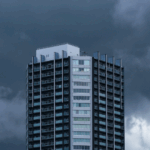 Previous Post
Previous Post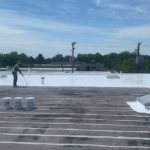 Next Post
Next Post